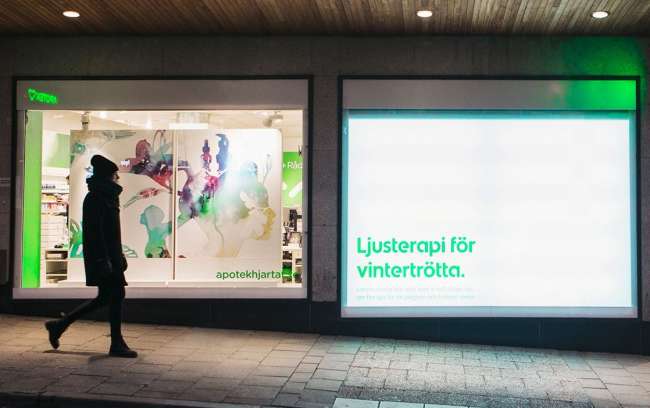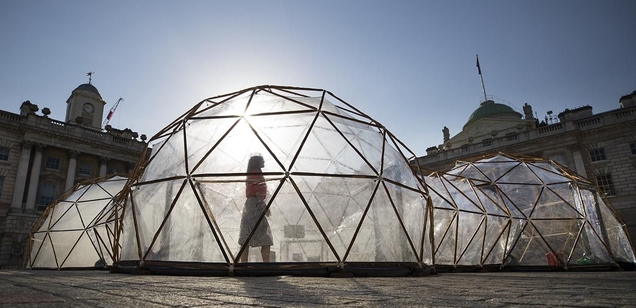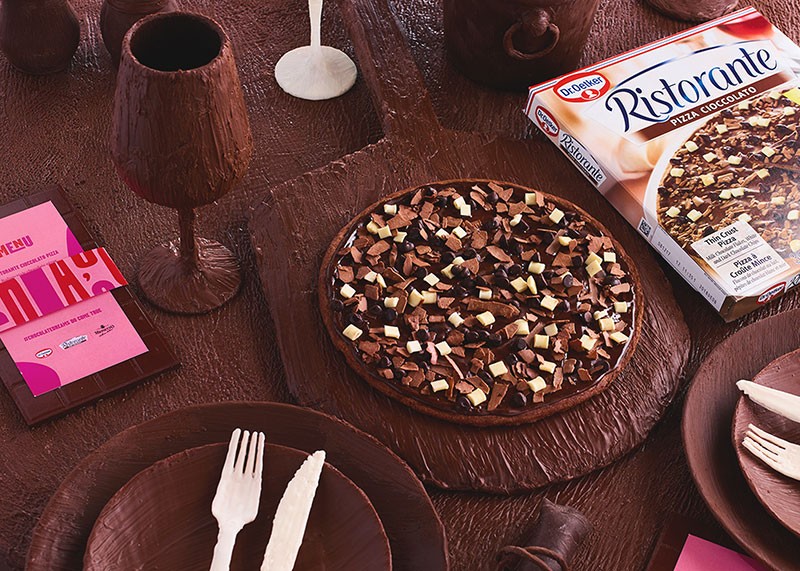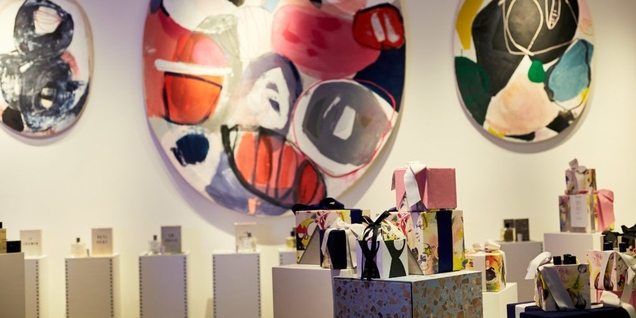The five primary human senses – sight, sound, smell, taste and touch – represent our window to the world. Whereas campaigns and communications were once limited to sound and vision, brands and organisations today have been using every tool in their arsenal to amaze, affect, and appeal to consumers.
Sight
While one can assume that almost all modern campaigns will have a visual element, this is not to say that brands can’t push the envelope when it comes to sensory imagery. Visuals can have a range of positive effects that go beyond the aesthetic: for example, Swedish pharmacy chain Apotek Hjärtath has been harnessing the power of light to not only draw attention to its store, but also boost people’s energy.
Sound
When it comes to fast-paced modern life, one of the major advantages of music and other aural entertainment is that it can be enjoyed as a soundtrack to other activities. We’ve seen music used to make everything from commuting to exercising that little bit easier, while podcasts and radio shows can educate and inspire us while we tidy our homes or cook our evening meals.
Sanlam, an insurance company in South Africa, has taken this concept a step further while applying its own green twist. As Cape Town faces its worst water drought for 100 years, the company has released an album comprised entirely of 2-minute songs, allowing bathers to time their morning showers in a playful way while reducing 80% of the daily water consumption that occurs in the bathroom.
Besides making a tedious daily necessity more enjoyable, not to mention more eco-friendly, Sanlam’s campaign taps into another creative use of sound – time keeping. While it’s tempting – and rather romantic – to view music as primarily art, brands should not forget that it can still have practical benefits, not least that it can measure precise amounts of time without drawing attention to time passing.
Smell
A mysterious and evocative sense, smell has long been associated with the art of attraction – as the scale of the global fragrance industry no doubt attests. However, certain campaigns can also use the power of aroma to alarm or alert consumers, broadening their horizons beyond their comfort zone and compelling them to act.
For example, in London, Pollution Pods – an installation created by British artist Michael Pinsky – comprised five geodesic domes, each emulating polluted environments in cities from around the globe. Beginning with a pod that recreated the pristine air of the Norwegian island of Tautra, visitors could then journey to New Delhi, Beijing and São Paulo, where they were confronted with the extent of modern urban pollution first hand.
Rather than writing screeds or presenting images about topics such as air quality, brands can directly appeal to consumers’ senses in more aggressive, eye-opening ways. While smell is typically used to entice, it can also be used to provoke more visceral reactions, befitting of such globally urgent issues as pollution.
Taste
Arguably the sensory area most often associated with the experimental, the tongue can provide a playground for out-there pairings and headline-grabbing concoctions.
In a world of PB&J-flavoured soft drinks, beer-flavoured ice creams and KitKat burritos, Dr Oetker’s recently launched chocolate dessert pizza may seem comparatively quaint. However, to mark the launch of the product in Canada, the brand opened a pop-up pizzeria with a difference – besides offering an entirely chocolate-based menu, the structure itself was filled with edible chocolate furniture, including tables, ovens, cutlery, and even the chandelier.
Such innovation shows that flavours themselves don’t have to be especially wacky or controversial – indeed, by presenting familiar, popular foodstuffs in unexpected ways, brands can reinvigorate classic flavours and surprise diners without resorting to shock value.
Touch
Perhaps the most likely of the senses to be overlooked by brands – maybe because it cannot be effectively transmitted to the widest possible audience – touch and texture can nevertheless play a key role in titillating prospective purchasers. Due to its supposed limitations, touch may also represent the most fertile arena for budding pop-ups and installations – take British perfumer Miller Harris, which paired a selection of its fragrances with a corresponding texture so that visitors to its flagship could get a true “feel” for its range.












































